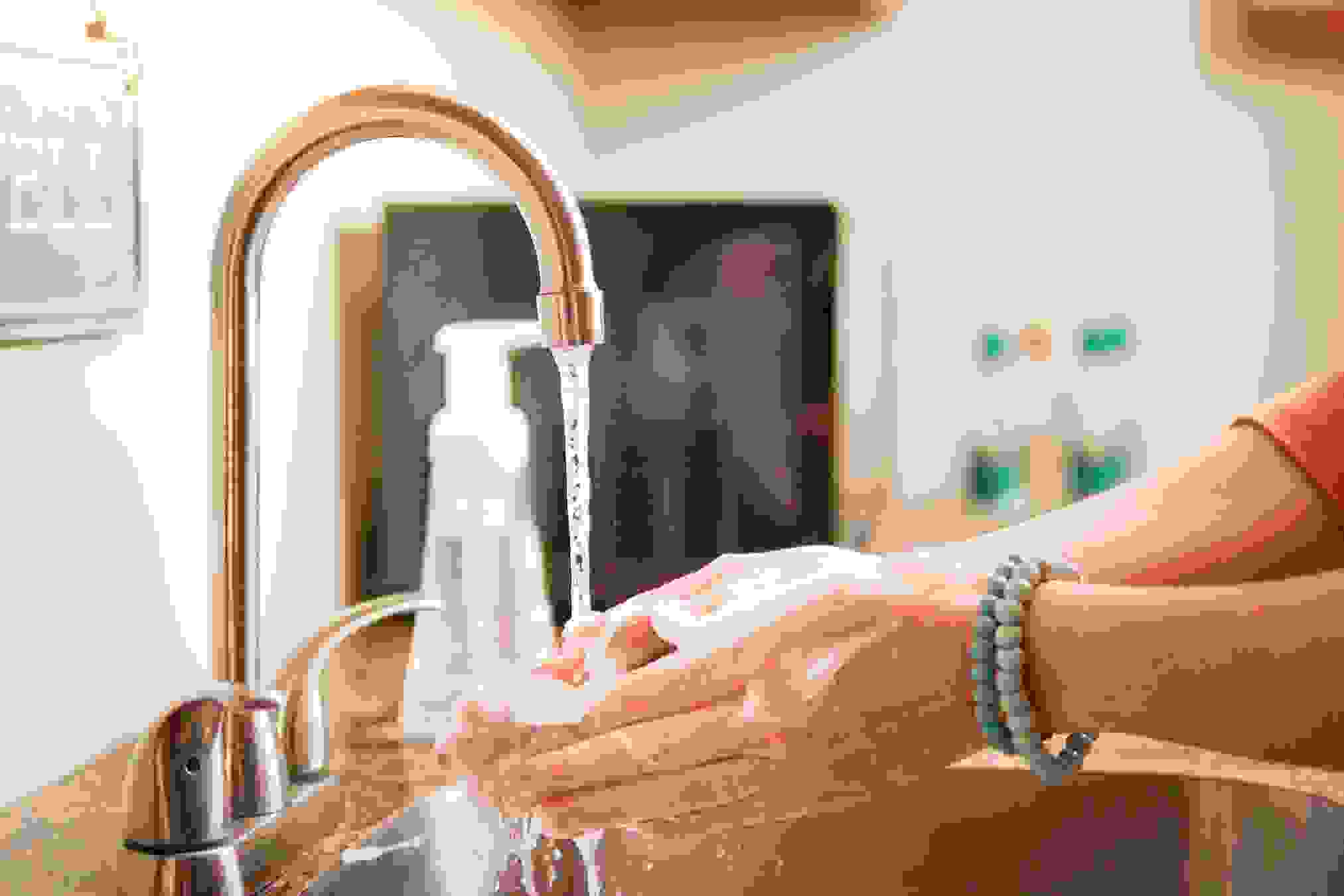Low water pressure in your home can be caused by anything from clogged pipes to issues with your water supplier. You’ll be able to fix some problems yourself, but others will require some professional help.
Having low water pressure can turn from a minor nuisance into a major stressor—all in the time it takes to fill up your bathtub!
While it could be an indication that a valve is not fully open, it could also indicate that your entire house needs to be repiped.
To help you figure out why you may be experiencing low water pressure, and how to fix it, the home
and auto insurance
super app Jerry
has broken down everything for you. Signs of low water pressure
Showering, washing dishes, cleaning, and cooking are all made more difficult by low water pressure. With all of the negative effects that low water pressure can have, it’s important to keep an eye out for any signs of low flow.
No or little strength from faucets, hoses, and water fixtures
Your washing machine isn’t fully cleaning your clothes
Your dishwasher isn’t cleaning dishes properly
Visible water leakage around fixtures and pipes
MORE: Does Homeowners Insurance Cover Broken Pipes?
Common causes of low water pressure
Water pressure problems that affect the entire house suggest a variety of problems. If your home's water pressure appears to be low, the first step is to identify the cause.
Here are a couple of common causes of low water pressure in the house:
Issues with your water supplier. If others in your neighborhood are experiencing similar problems, it might be worth contacting your water supplier to see if they’re working on a solution.
The water meter valve isn’t open all the way. This valve is located next to the water meter on the city supply pipe serving your house.
Your pressure regulator is failing. This valve reduces the input pressure in your plumbing system to a safe level that will not harm your pipes. It can also have the reverse effect of causing a sudden drop in your water pressure.
Clogged or corroded pipes. Pipes rust on the inside (so you normally can't see it), but the buildup of corrosion and scale eventually seals off the pipe over time.
Leaking pipes. A leak can misdirect the water supply so you don’t end up getting the full flow of water from your faucets.
Keep an eye out for these signs—as the sooner you catch them, the likelier it is you’ll be able to solve the problem of your low water pressure!
How to fix low water pressure in your house
Now that you've determined the source of your low water pressure, it's time to look at possible solutions.
Guarantee all water valves are open fully. For gate valves, spin them counterclockwise to make sure they’re open, and for ball vales, turn the lever until it’s parallel to the pipe.
Use plumbing chemicals to clear your pipes of buildup.
If there’s buildup on your showerheads or faucets, scrub them thoroughly to get rid of any obstructions.
Try to work together with your housemates to reduce the load on your water supply. Plan on running the dishwasher or washing machine at night, when no one is showering or cooking.
When to call in a professional
While a number of these issues can be solved yourself, there are a few severe problems that require the help of a professional plumber.
Any serious leaks. These often point to a widespread problem with the pipes in your home and will need more extensive repairs.
Severely corroded pipes. Similarly, pipes that have corroded to the point of irreparability might require a full repiping of your home.
Broken pressure regulator. This is not a do-it-yourself project because it requires turning off the water and replacing the pressure regulator with a similar model.
MORE: Home insurance terms you need to know
What home insurance will cover
If you determine that you need a full pipe replacement, or even just need some small repairs here and there, there’s a chance it’s covered by your homeowners insurance.
The majority of homeowners insurance policies will cover damage caused by burst pipes if the collapse is abrupt and unforeseen.
Water damage that happens over time as a result of a leaking or rusted pipe, on the other hand, is often not covered. A lack of maintenance, sewage backup, and mold are usually not covered either.
It’s best to reach out to a representative from your insurance provider to see what your specific policy says.
RECOMMENDEDThis app is great, but the customer service is even better! Not to mention convenient! My husband and I got the lowest rate (much lower than the rates I was finding online through my own searches), quickly, and pretty much all through text message! Thank you so much for a hassle free experience👍
Saving money with Jerry
Jerry
is the easiest and most effective way to find a home or renters insurance
policy that is customized for you. You can even bundle your policy with your car insurance
for the most savings. And to ensure you always have the lowest rate, Jerry will send you new quotes every time your policy comes up for renewal, so you’re always getting the coverage you want at the best price.
“Amazing service! Jerry
helped me get insurance for the first time. Everything went smoothly without a hitch. I couldn’t ask for more!” —LaTasha F.
MORE: Can you have a Mortgage without Homeowners Insurance?
FAQs
